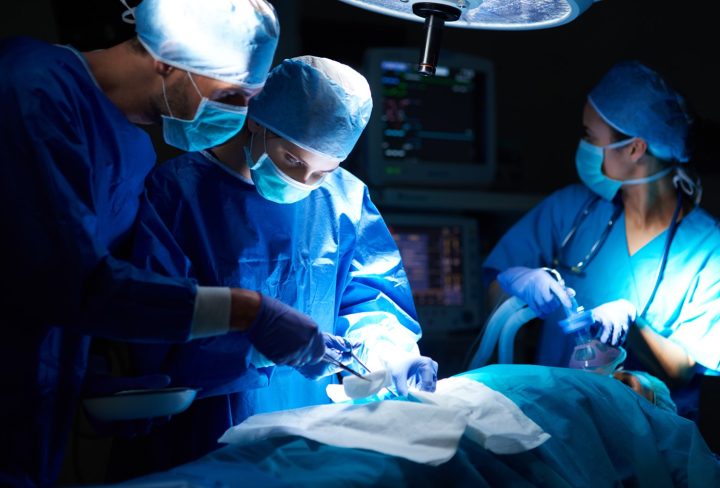What is TURP Surgery?
Transurethral Resection is a surgery performed to remove part of the prostate.
It is a safe and effective procedure used to treat urinary problems from an enlarged prostate.
Prostate is a small gland of the pelvis located between the penis and bladder that surrounds the urethra (a tube that carries urine) found only in men.
TURP procedure relieves symptoms of an enlarged prostate which causes symptoms like difficulty urinating and frequent urination.
Why is TURP Surgery Performed?
The doctor may recommend TURP surgery if you have an enlarged prostate which often grows more prominent with age and fails to respond to medications and other treatments.
TURP Surgery (removing part of the prostate gland) often treats symptoms like:
• Difficulty emptying the bladder
• Frequent urinary tract infections
• Bleeding from the prostate
• Slow urination
• Damage of the kidneys due to an inability to urinate
• Getting up frequently during the night to urinate (Nocturia)
• Sudden urge to urinate
How is TURP Performed?
TURP is one of the most common prostate surgeries and is done under general or spinal anesthesia.
The procedure takes usually less than 90 minutes (about 1 and a half hours).
It is performed using a resectoscope, passed along the urethra without any cuts (incisions) on the skin, and the section of the prostate causing symptoms is cut.
A thin tube (catheter) is then inserted to flush away pieces of the prostate that have been removed.
Your doctor may recommend this surgery if medications do not work well or if you have side effects from medications.
What to Expect before TURP?
The doctor might instruct you to stop eating and drinking several hours before your procedure.
Tell your doctor about all your medications and supplements, including blood thinners.
What to Expect after TURP?
After the procedure, you might need to stay in the hospital for 1-2 days.
You will have a catheter (thin tube) in place to help ensure urine flows freely after the surgery.
Usually, your doctor removes the catheter before getting discharged.
Recovering from TURP
It is common to feel tired for about 1 – 2 weeks after surgery and rest for about 4 – 8 weeks (about 2 months).
Avoid lifting heavy objects, doing strenuous exercise, driving, and having sex for a few weeks.
It’s normal to have some difficulty urinating and blood in urine, sometimes for a few weeks. These problems usually get better as you recover.
Advantages of TURP
· Minimally invasive
· Minimal bleeding
· Faster recovery
· Low risk of complications
· Low operating time
· Low risk of impotence
Fast Facts: TURP
• TURP is a safe and effective procedure for treating urinary problems from an enlarged prostate.
• Most people will notice an improvement in their urinary symptoms within a few days.
• It may be helpful if you have moderate to severe urinary problems and medications haven’t worked.
Your doctor may also recommend TURP if you have kidney stones, bladder stones, or kidney damage due to an enlarged prostate.
When to see a doctor?
Contact your doctor if you notice:
• Fever
• New urinary symptoms (weak stream or frequent urination)
• Bright red urine or clots in urine
• Unable to urinate



